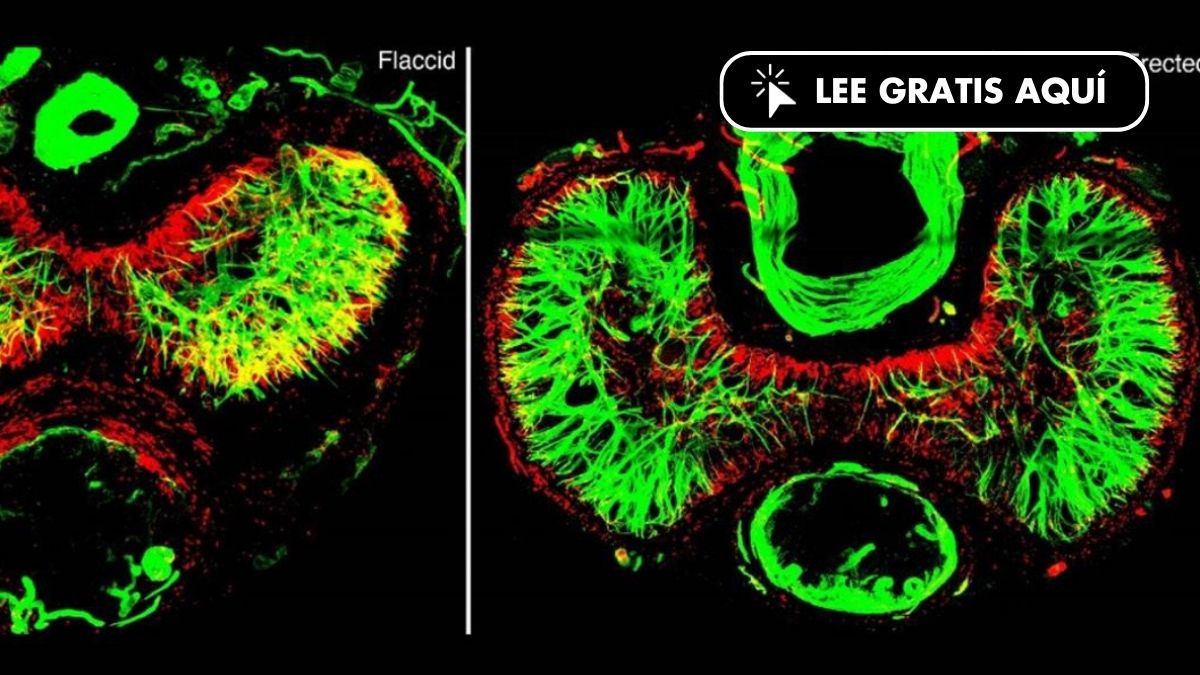Impotent mice get erections after increasing the number of penile cells

There are disorders that are hardly talked about, but which have a high prevalence. This is the case erectile disfunctionwhich impairs the quality of life of men who suffer from it by making it impossible for them to get or maintain an erection and have satisfactory sexual relationships.
Data published on the site impotence maintain the same incidence over time (more than 20% of the male population) and reflect the influence that age This is due to the prevalence of this pathology, as well as its close connection with psychological problems, diabetes and cardiovascular diseases.
penis erection It is controlled in part by the corpora cavernosa, which extend from the pubic bone to the glans penis and whose function is to fill with blood and dilate blood vessels when sexual arousal occurs. On the contrary, the subsequent release norepinephrineAn excellent vasoconstrictor, it suppresses blood flow to the reproductive organ at a basal level.
Although the establishment and maintenance of this rigidity depends on the balance between vasodilators and norepinephrine, the regulation of this system is not fully understood.
A new study in mice published today in the journal. The sciencetakes a step further in its understanding with the goal reach therapeutic alternatives for the treatment of erectile dysfunction in humans.
“Erections depend on the flow and retention of blood in the penis,” he explains to SINC. Christian Goritz, a researcher at the Karolinska Institutet in Sweden and lead author of the paper. “And we found that fibroblasts, the most abundant cells in the organ, actively promote this influx.”
More fibroblasts, more erections
Using single-cell RNA sequencing, optical tissue clearing, and optogenetic activation in a transgenic mouse model, the team identified two large populations perivascular fibroblasts not previously described in the corpora cavernosa.
They express a specific norepinephrine transporter. These findings suggest that these penile fibroblasts mediate vasodilation of the corpora cavernosa, reducing the availability of this vasoconstrictor.
In addition, scientists have demonstrated that the number of fibroblasts can modulate the regulation of blood flow and that increasing the frequency of erections also stimulates their proliferation, increased basal blood flow in the penis and decreased sensitivity to norepinephrine.
“We noticed that the number of fibroblasts is not static, but changes depending on the number of erections that occur regularly,” adds Goeritz. “The more erections there are, the more fibroblasts there are and the more efficient the blood flow in the penis. In a nutshell, This mechanism allows stiffness to be improved through training.“
“Unfortunately, we also found that the number of fibroblasts decreases as the number of regular erections decreases, which occurs during aging“, keep going. “Fewer fibroblasts reduce blood flow to the penis and, as a result, make it more difficult to get an erection. Thus, age-related erectile dysfunction can be reduced by actively achieving an erection.
Limitations of the study
The observed results were obtained in animal models, so they need to be carefully confirmed in humans. “Approximately 30% of patients with this disorder do not respond to conventional medications such as Viagra,” he tells SINC. Go Young Koprofessor at the Korea Institute of Advanced Science and Technology and author of an article on the topic also published in The science.
“Although they did not study humans, their study reveals a new therapeutic paradigm that could potentially be used to treat erectile dysfunction in patients who do not respond to current treatments,” he concludes.

